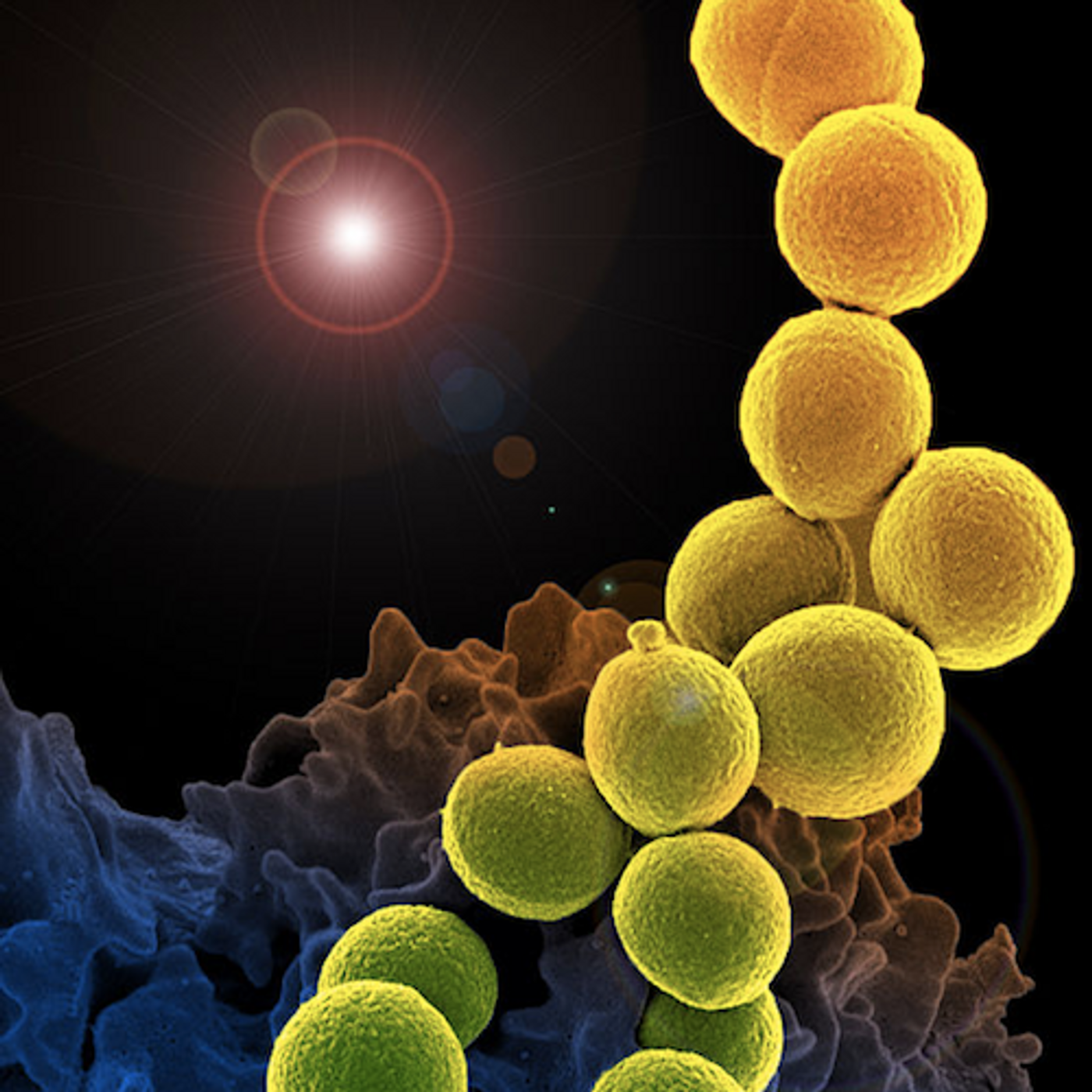New Peptide can Bust Biofilms
Because antibiotic resistance is a growing health problem that will eventually threaten all of us, there has been considerable focus on finding new drugs to combat bacteria that can get around our current therapeutics. No stone is going unturned, and now scientists have made alterations to a compound found in the human body so that it will destroy tough microbes. The new drug is now going to clinical trials for human skin infections.
The drug is modeled after a human peptide, LL-37, a chemical just a few amino acids long. Typically, the peptide aids in the regulation of the immune response and has some natural ability to eliminate bacteria. The chemical had previously been shortened to make it stronger, and now it has been optimized further. It could be used for the destruction of dangerous bacterial infections.
Some of those infections are chronic. If a bacterium survives antibiotic treatment, it can group with other resilient microbes. Together they can form uncontrollable infections, such as on a medical device or in a wound. If they build a biofilm, as described in the following video, it can be impossible for drugs to penetrate into them. Sometimes infections will form persisters; they lie dormant until the antibiotic exposure is over, and then they come alive again to cause disease.
A variation of LL-37, SAAP-148, was able to destroy these persistent and dangerous bacterial colonies in a dish, and in an animal model of a wound. It even killed bacteria that had been treated, unsuccessfully, with another antibiotic.
The drug has another important feature. Many times, molecules will get stuck to lipids and proteins in the blood, and are then unable to exert an effect. SAAP-148 does not suffer that problem and can circulate in the blood without binding to stuff.
This work contributes “an important piece … to the puzzle of creating a perfect antibiotic,” Kim Lewis, a microbiologist at Northeastern University in Boston who was not involved in the work, told Science.
Sources: Science News, Science









